Michael Snow, Executive Director of the American Hardwood Export Council (AHEC) challenges the misconceptions regarding wood and the environment, and shares key takeaways from this year’s AHEC convention held in Thailand.

Michael Snow, Executive Director of the American Hardwood Export Council (AHEC)
November 21st, 2022
Over 200 individuals from the Southeast Asian timber industry gathered at Bangkok’s Marriot Marquis on 14th October for the American Hardwood Export Council’s (AHEC) 25th Southeast Asia and Greater China Convention. This year’s convention provided exclusive insights into current market conditions and highlighted prospects for Southeast Asian importers, manufacturers and designers in using American timber in their work.
Given that Thailand is the third biggest US hardwood lumber market in the region, closely following Vietnam and Indonesia, Michael Snow, Executive Director of AHEC is excited to learn that the region is open for business and is equally enthusiastic in making sustainable choices. He shares more of his reviews from this year’s convention and his perspectives on how American hardwoods can contribute to a greener future.

Can you share your observation on how AHEC convention has evolved over the years?
The American Hardwood Export Council convention has been a key event in the programme to forge closer relationships with importers, specifiers and manufacturers of timber across Southeast Asia and Greater China for over 25 years. Following disruption caused by the COVID-19 pandemic, the 2022 convention was a welcome opportunity for us to connect face-to-face with business partners old and new. The convention was attended by many of AHEC’s member companies, the exporters of US hardwood who travelled to Bangkok which underlines their commitment to the region and recognition of the mutually beneficial opportunities that it continues to present.
What was the key highlight from this year’s convention?
It was wonderful to host a physical event after so long and the enthusiasm of the Thai delegates to learn more about the American hardwood species was palpable. Over 200 delegates from across the industry showed their support and interest through active engagement with the panel sessions and for that I thank them.
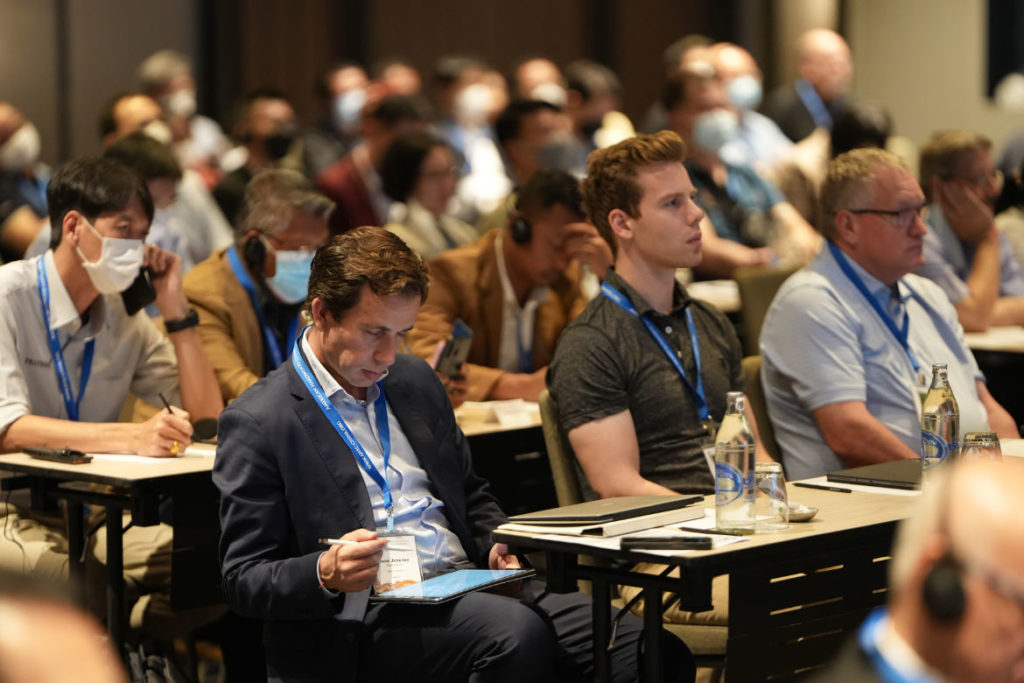
Sustainability of American hardwood was a central theme for the convention. Why is that so?
Simply put, all of us share this planet and the decisions we make as far as materials and consumption impact all of us. American hardwood timber is a sustainable material from a sustainably managed resource. Given the climate crisis the world is facing, it is important for us all to focus on making environmentally responsible choices. For those involved in architecture, design, construction and furniture manufacturing, choosing a material with proven environmental credentials is a positive action that can be taken. Furthermore, the end consumer is increasingly demanding sustainable products and this of course shapes the market.

You hosted a dialogue on Wood and the Environment during the Convention. Can you tell us more about it?
My presentation was designed to share the substantiation for our environmental claims that American hardwood resource is truly sustainable. In the talk, I highlighted the extensive range of species available and the importance of using what the forest provides. American hardwoods regenerate naturally and are not planted. Therefore, in order to use the resource wisely, we not only need to find uses for all of the major species, but must also find uses for all of the grades and qualities that occur in nature.
Too often, we see wood discarded due to colour variations or other perceived ‘defects’. We must remember that wood is a natural material and we should embrace these variables as ‘character marks’ rather than defects. We are certainly seeing an appetite for diversification of species choice in the Southeast Asian region, particularly with the growth in American red oak imports.
I also discussed the low carbon credentials of American hardwoods and the methods of sustainable forest management that have been employed for generations. The US hardwood forest is predominantly owned by a large number of private individuals and families whose motivation is usually not timber production or economics. They allow their trees to grow for longer and selectively harvest only a few trees per hectare. This practice promotes new growth through natural regeneration and this growth outstrips harvest which means that US forest is a resource that is increasing in volume every year. This is quite different from many forestry practices around the world.
We have evidence from a number of sources from the recently updated 2018 Seneca Creek study, to forest inventory data supplied by the USDA to our Life Cycle Assessment tool that provides certainty as to the legality and sustainability of American hardwood species.
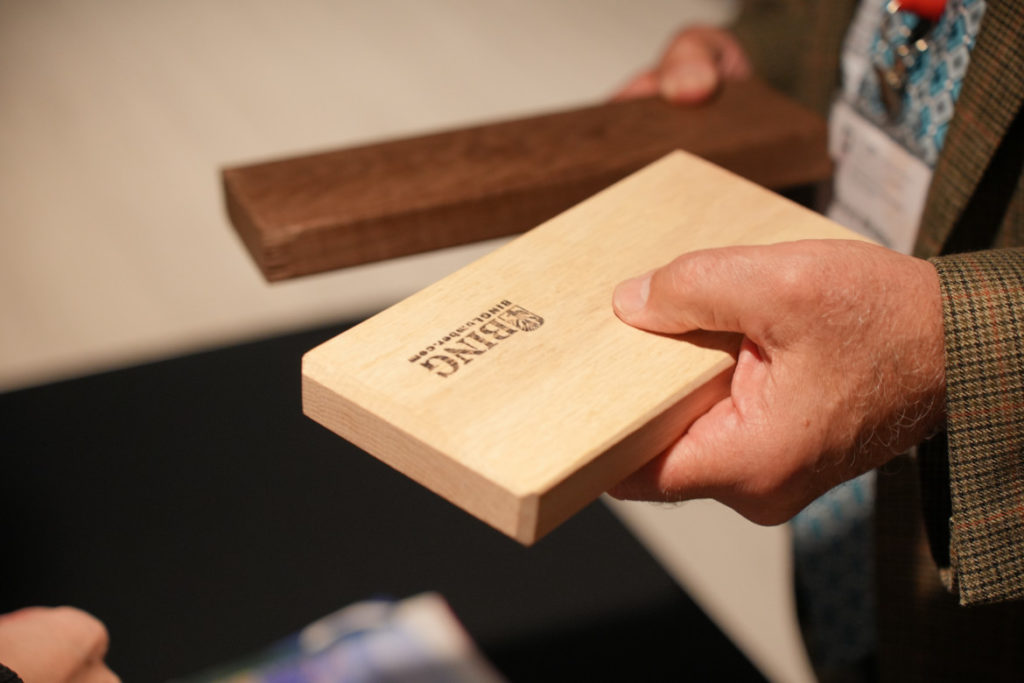
With supply chain disruptions, spiking energy costs and global inflation adding to the challenge, what’s the outlook for the hardwood industry in Asia Pacific?
It is true that the current situation for global trade is challenging following the disruption largely driven by the pandemic. For US hardwoods, whilst total imports into China have slowed, we have seen encouraging growth from markets in Southeast Asia, including Thailand which grew 49 per cent in value in the first half of 2022.
AHEC’s 26th Southeast Asia and Greater China Convention is set to take place in Chengdu, China in June 2023.
INDESIGN is on instagram
Follow @indesignlive
A searchable and comprehensive guide for specifying leading products and their suppliers
Keep up to date with the latest and greatest from our industry BFF's!

A longstanding partnership turns a historic city into a hub for emerging talent
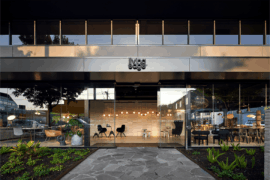
For Aidan Mawhinney, the secret ingredient to Living Edge’s success “comes down to people, product and place.” As the brand celebrates a significant 25-year milestone, it’s that commitment to authentic, sustainable design – and the people behind it all – that continues to anchor its legacy.
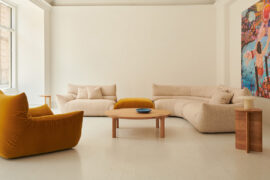
A curated exhibition in Frederiksstaden captures the spirit of Australian design

London-based design duo Raw Edges have joined forces with Established & Sons and Tongue & Groove to introduce Wall to Wall – a hand-stained, “living collection” that transforms parquet flooring into a canvas of colour, pattern, and possibility.

Adam Markowitz Design, in collaboration with Simeon Dux, has been awarded The Object at the INDE.Awards 2025. Their winning project, A Cabinet of Curiosities, is a masterwork of craftsmanship and adaptability; a poetic response to shifting domestic and professional life in the post-COVID era.
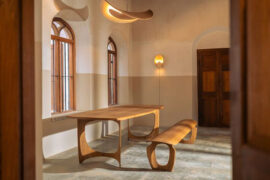
From Australian architects to Spanish and Indian designers, Design Mumbai 2025 expands its international reach — proving India’s growing role on the global design stage.
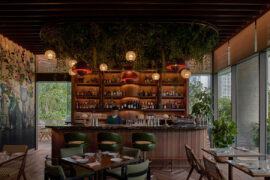
Grounded by the rich warmth of American white oak, The Standard’s newly opened restaurant, Kaya, redefines the classic dining convention through a tasteful fusion of biophilic design, mid-century modern sensibility and elevated whimsy.
The internet never sleeps! Here's the stuff you might have missed

Grounded by the rich warmth of American white oak, The Standard’s newly opened restaurant, Kaya, redefines the classic dining convention through a tasteful fusion of biophilic design, mid-century modern sensibility and elevated whimsy.
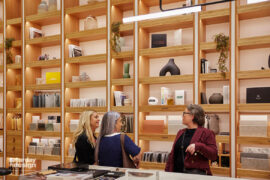
Saturday Indesign lit up the CBD and South Melbourne with design, wellness, hospitality, and community in a day full of creativity and connection.